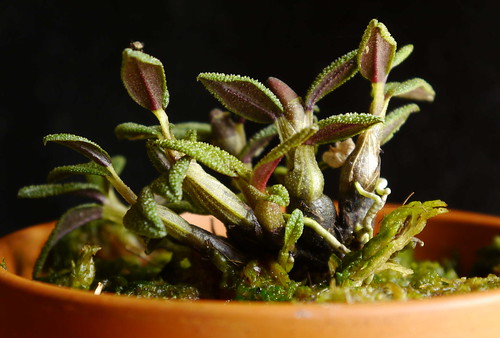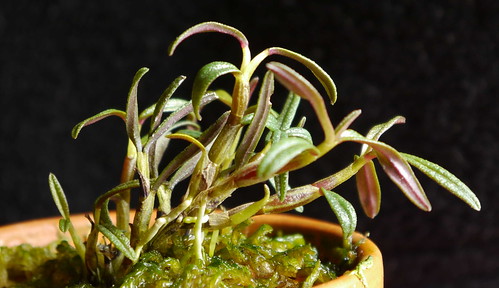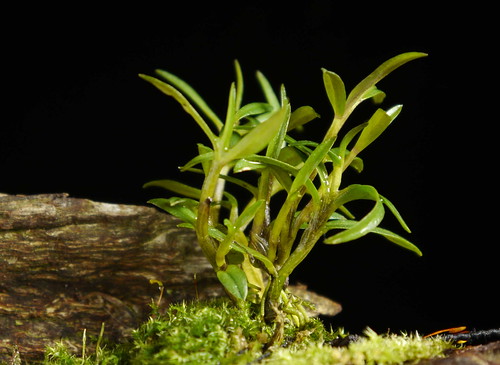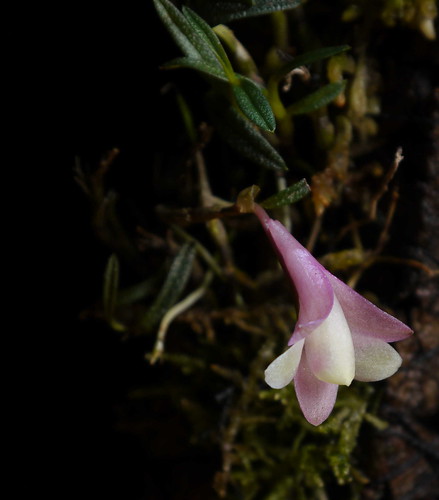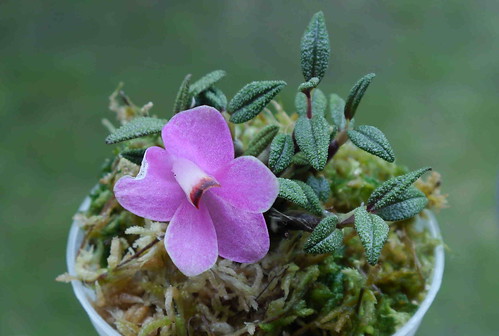Part #2
3) cuthbertsonii is never been a secret. It was just that the plant was generally referred to by most taxonomists (including myself) as D. sophronites ... and that was a mistake. Also Richard Warren has been propagating cuthbertsonii in all variations by seed for about 30 years now.
4) why would Popow and his colleagues have customers come and ask their money back? And if so, what does this have to do with the taxonomy of the species?
5) you talk of morphological differences .. but you don't say which ones.
6) No plant what so ever is being imported into Europe by the "tens of thousands" (except for Dutch tulips). ... There just isn't a market ... In the whole of Europe ther may be 200-300 people that would buy an imported plant ... if at all. Don't forget ... plenty of seedlings from Richard are now full grown and blooming plants.
(to be continued)
In fact none or Richard Warren plants are around anymore, or maybe a couple. They all come from Golden Gate Orchids, through Japan for some of them. Those big, many colored cuths with huge flowers that you see in Europe are in fact polyploids. It is unclear what their ploidy level is however, some are 4n, some are 3n. Some have been counted.
Second, for the flower quality, the award quality ones are the Papua New Guinea strains, that have not been imported for many years, over 15 for sure. The low quality ones come from Irian Jaya, where they are sold very cheaply.
There are some good colonies however close to Jayapura but the standard traders get their plants in bulk. They are divided when they arrive, otherwise they are indeed 30+ bulbs per plant.
agathodaemonis always came as red, same for the sophronits plants. There is no variation at all in those two types. I heard about an albino one once, very expensive, and two pink agathodaemonis, but never seen them by myself.
On the other side, dendrobium laevifolium is considered a distinct species, but there is less variation between laevifolium and cuthbertsonii than between plants sold as sophronitis and cuthbertsonii. By the way, laevifolium, in one Pacific island, has all the color forms, like cuthbertsonii, and some plants can be over 20 cm tall.










































